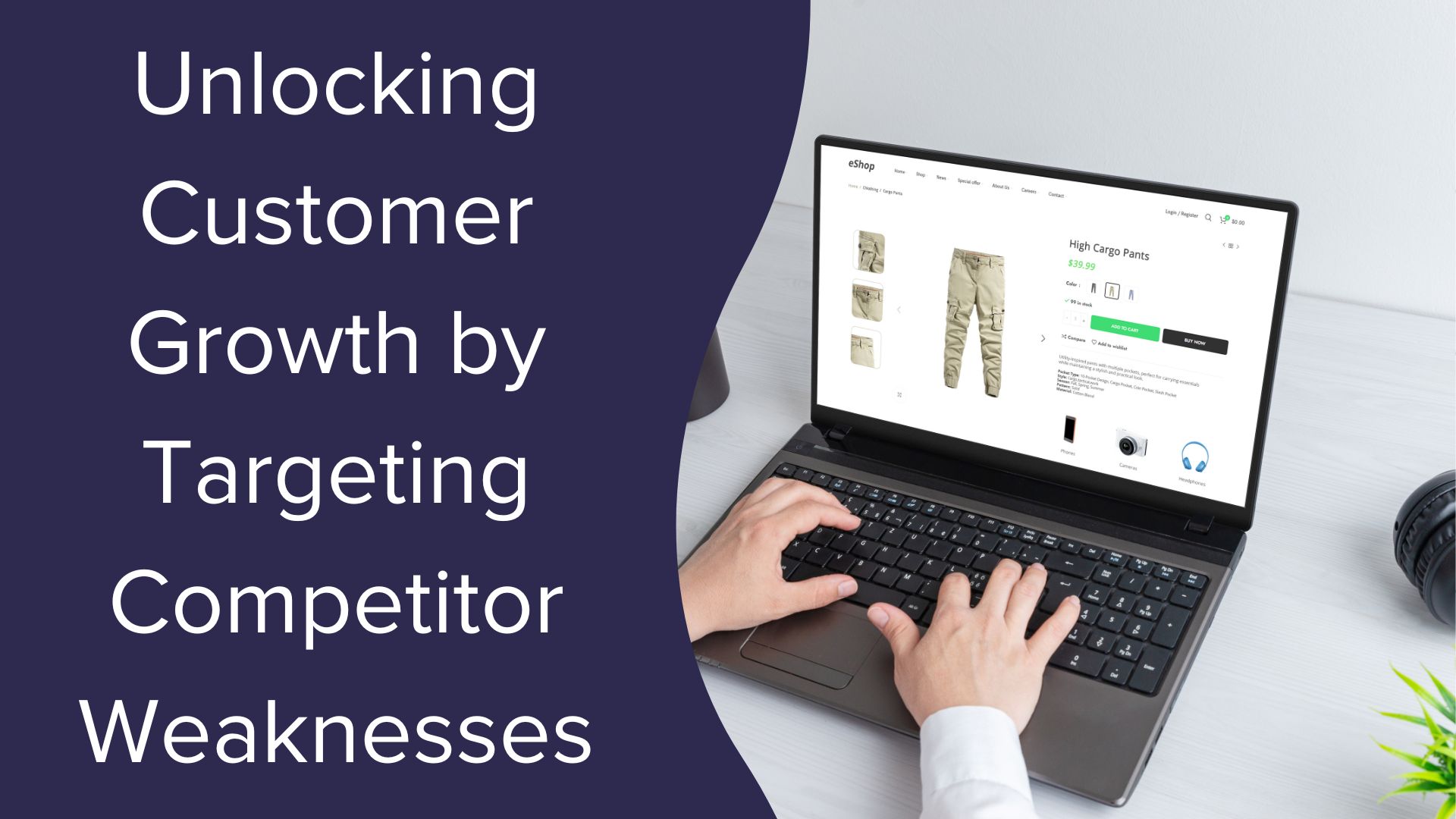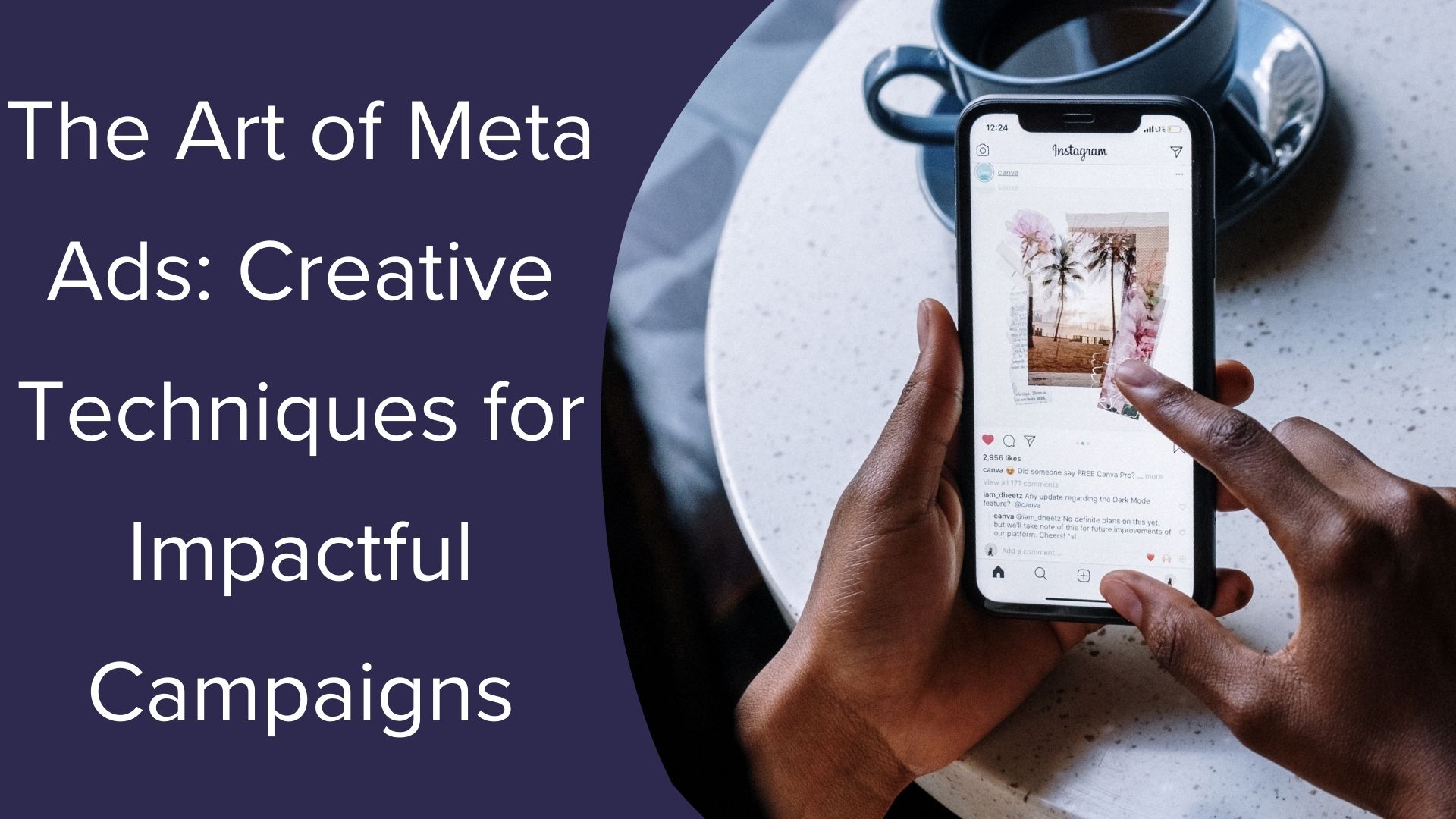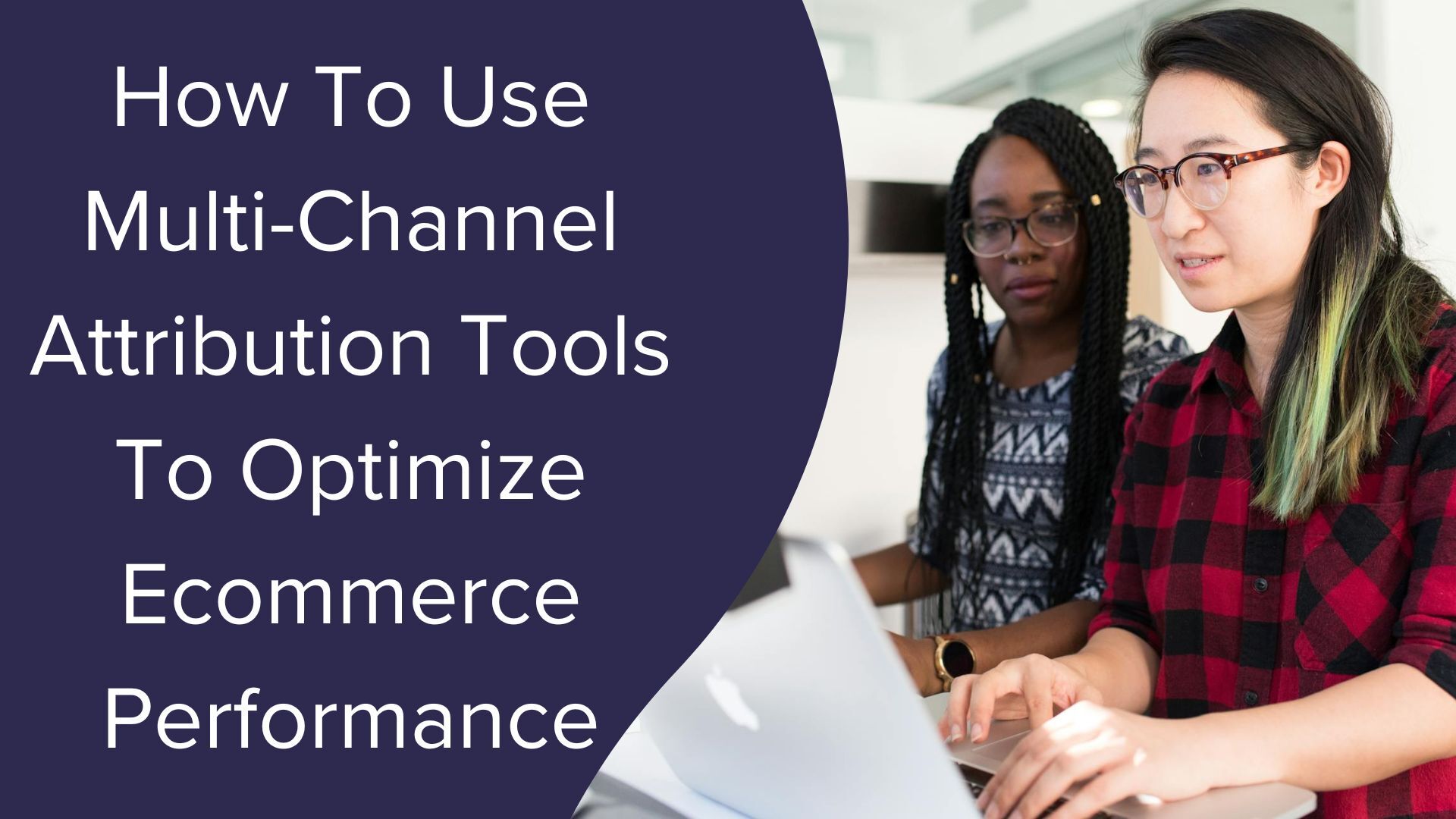How to Increase Your Organic Facebook Reach the Right Way
Facebook’s organic reach is a subject that has always generated controversy in social media marketing circles. Since the Facebook algorithm change of 2018, many social media professionals have noticed a sharp decline in Facebook reach over the last few months. This drop has continued into 2019 and people are seeking tried and tested solutions to get their posts seen.
While the obvious answer might be to devote more money into paid Facebook ads, you can still beat Facebook’s algorithm, reach a wider audience and get your organic posts out there by following these helpful tips.
Before we move on, what exactly does reach means on Facebook?
Generally, reach on social media refers to how many people saw your post. It is not the same thing as impressions, which is how many times a post was seen overall and counts multiple views from the same user.
However, on Facebook, there are two types of reach: Page reach and post reach.
Page reach is a metric that shows the number of unique users that have looked at any content that relates to your Facebook page in a given time period.

While Post reach refers to the number of unique users who saw a specific post you made.

Post reach has two types: Organic reach and paid reach. Organic reach refers to the number of people who saw a post without boosting with ad money, while paid reach refers to the number of people who saw a post that you paid to promote.
Now that that has been cleared up, let’s move on to some of the ways in which you can boost your Facebook reach the right way:
1. Mix up post formats.
The first thing you can try out when looking to boost your organic reach on Facebook is to test out a variety of post types.
If you have been creating posts with images and your reach has been falling off, try switching to videos and see how they perform. Facebook as a platform for users is a place to keep up to date with friends and family with the majority of it being imagery. Posting raw video content gives your audience a ton of value. People share the content, momentum starts to build. If you notice your videos don’t get the kind of reach they used to, you can try making link posts that talk about the content your audience will love.
Even if your Facebook post types are getting decent reach, trying new types can improve your content flow and keep them fresh and engaging for your audience. Plus, you might stumble on post formats that perform even better.

There is a wide variety of post types on Facebook. You can try out as many as you can to see what works for your audience.
2. Go live!
One of the best Facebook post types you can use is live video content. Live video creates a genuine sense of community and interaction. Everyone is connecting over the same viewing experience. Facebook has stated that live videos get six times the interactions for regular video posts. Ensure your live video is truly live as users spend on average, three times longer watching live streams than recorded videos of previous live videos.

So, go on to creating a live video content that your audience connects with and can initiate conversations in the comments section. You can be sure to see your organic reach grow!
3. Post at the best time of day.
The time of the day to post to Facebook is just as important as the content itself. If you are sharing an amazing article at 4 AM, it could be lost at the bottom of the feed by the time your target audience wakes up. To bypass this, use your Facebook analytics to determine the time your fans are online. In the Page Insights section, you can see peak days and times for your followers.

When you post at the time your followers are likely browsing Facebook, the chances of getting your content to the top of their feeds is higher increasing your organic reach. But when you post at peak hours, you will face more competition in users’ feeds because many people are posting at those times.
5. Experiment with your posting tempo.
Once you have figured out when to post to Facebook, the next step is to figure out how often to post. Just like posting time, posting frequency depends on your audience. If you want to enjoy the best organic reach in 2019, your followers will have to be consistently and enthusiastically engaging with your content.
What that means is that if your brand posts four times a day, engaging your followers each time, you will have a solid reach. However, if your followers are beginning to get bored with your content, it would be wise to dial it back a bit.
You can try setting up a few tests to tun for two weeks to gather data on your best performance. For example, try posting 5 times weekly for two weeks, then increase it to 15 times every week for two weeks, then reduce it to 10 times weekly for two weeks.
You can then calculate your average organic reach at the end of the two-weeks period to determine the average amount of engagement per post.

Take a record of the reach and engagement of your posts while trying out new posting frequencies, then take an average to see what works for you. If you find out that your posts over these weeks when you posted five times did better than when you posted 15 times, it means posting less helped your organic reach.
You can continue trying these tests for as long as you can on as many accounts as possible since more data means more reliable results. Once you get your results, you can then adjust your posting tempo to what it was on the weeks you got the best reach and engagement.
Organic Facebook Reach is like finding water in the desert. It is necessary but difficult to get. Regardless of whether or not you’re using paid advertising, maximizing your organic reach is more valuable to your brand and totally free! Every user that comes across your post organically is another user you didn’t have to pay to reach. Building your reach in the aftermath of the 2018 algorithm change can be an uphill battle, but if you follow these tips and persist with them, you will find the battle was worth fighting.




